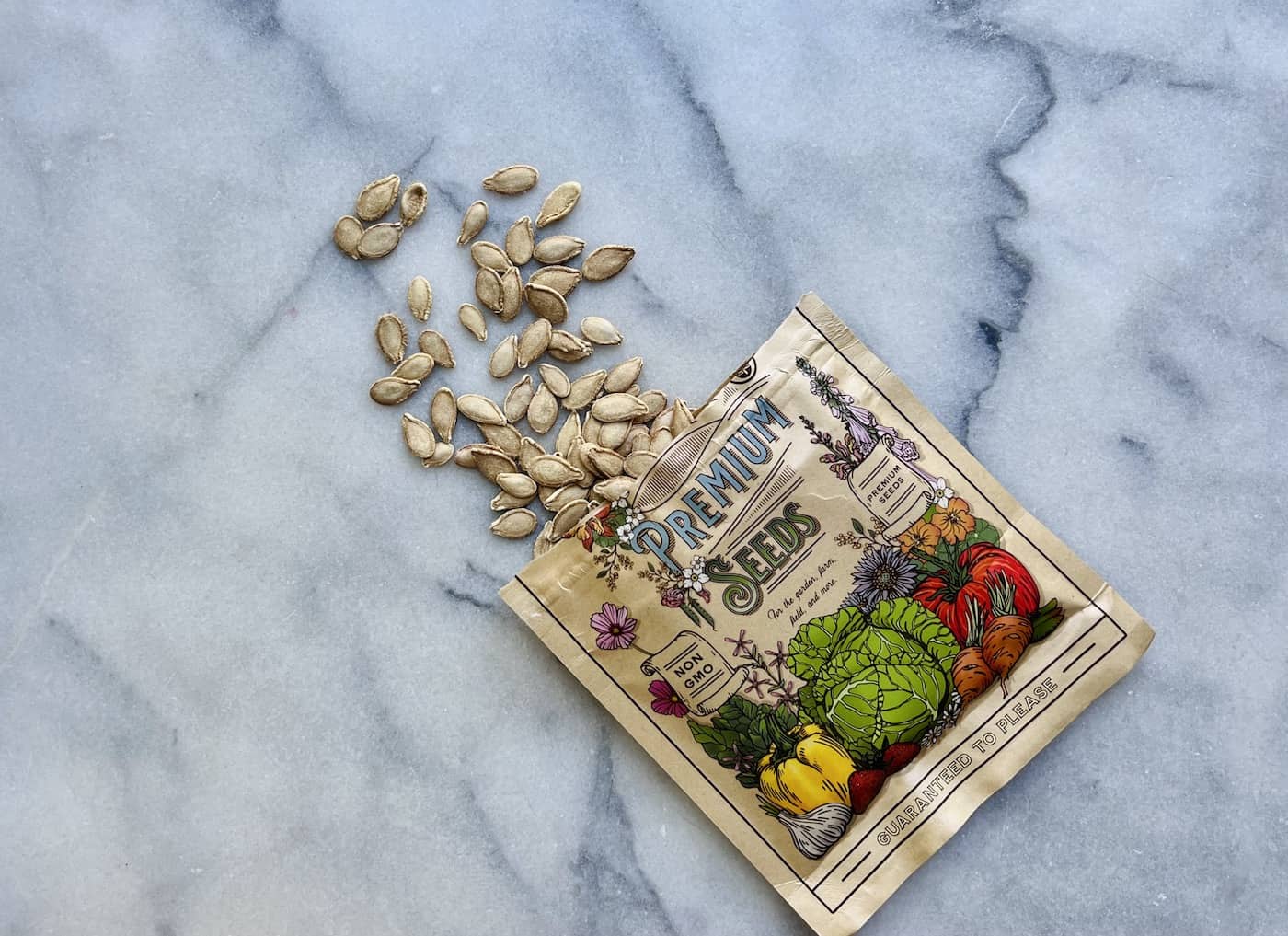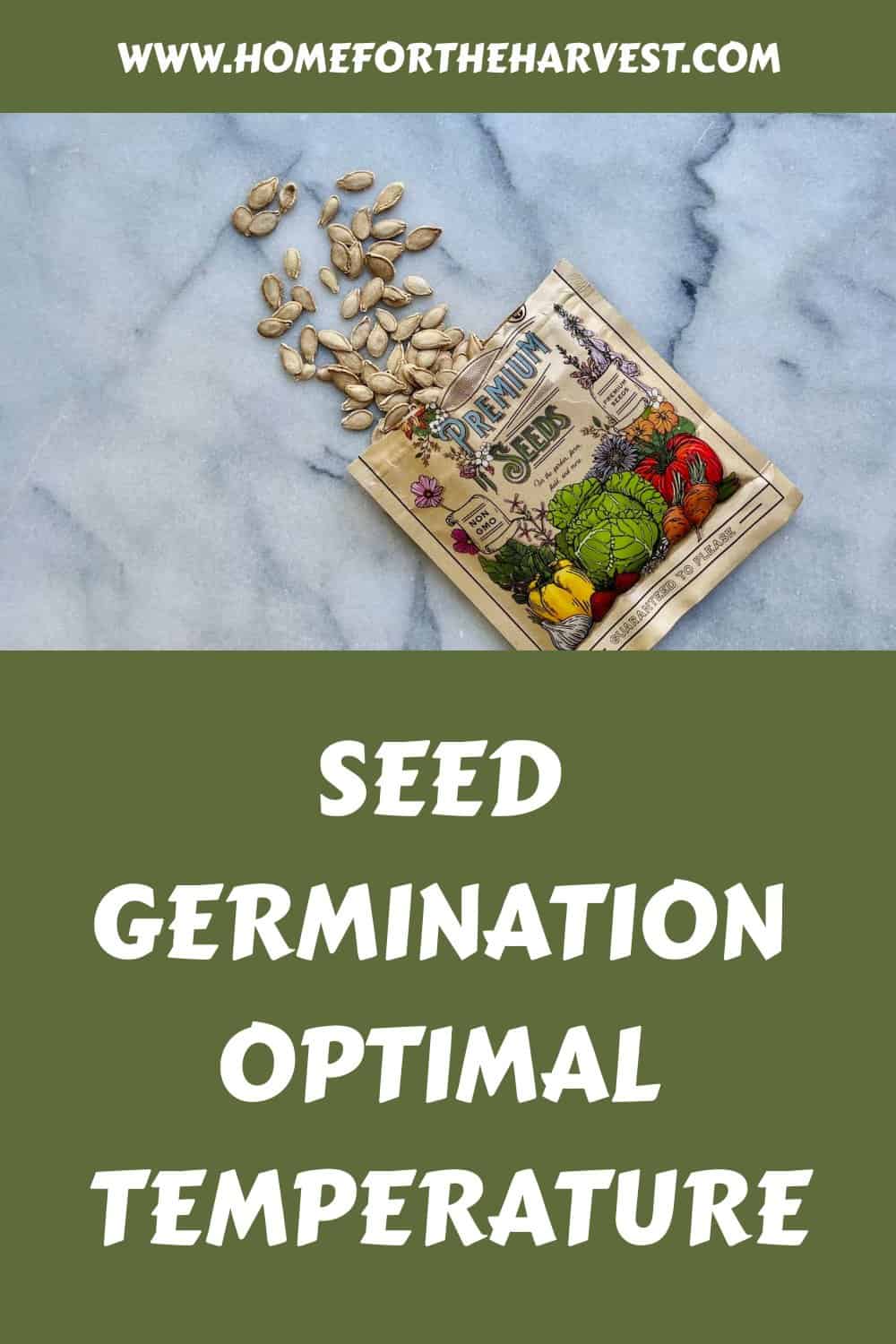Discovering the best temperature to germinate seeds is crucial for growing healthy, robust seedlings to maximize your garden’s potential.
The best temperature to germinate most seeds is about 80°F (27°C). Many commonly-planted garden seeds will germinate in a week or two when the temperature is in an optimal range between approximately 65-85°F (18-29°C).
Germination time and temperature varies between seed species and even cultivars. The seeds of plants that grow naturally in cool climates typically can germinate at much lower temperatures (albeit slowly). Alternatively, warm-climate seeds may germinate more quickly at temperatures above 80°F (27°C). Seeds also require water and oxygen to germinate; some also need light.
We’ll explore the optimal temperature range for various commonly-planted seeds, discuss how air temperature and soil heat play a role in successful germination and share tips on using heat mats to create an ideal environment. Additionally, we’ll cover how cool temperatures can slow down or even halt germination altogether.
Disclosure: This article is generously sponsored by True Leaf Market, a certified organic, non-GMO seed and horticultural company based in Salt Lake City, Utah. The True Leaf Market staff specializes in supplying a large selection of conventional, heirloom, and organic seeds to home gardeners everywhere.
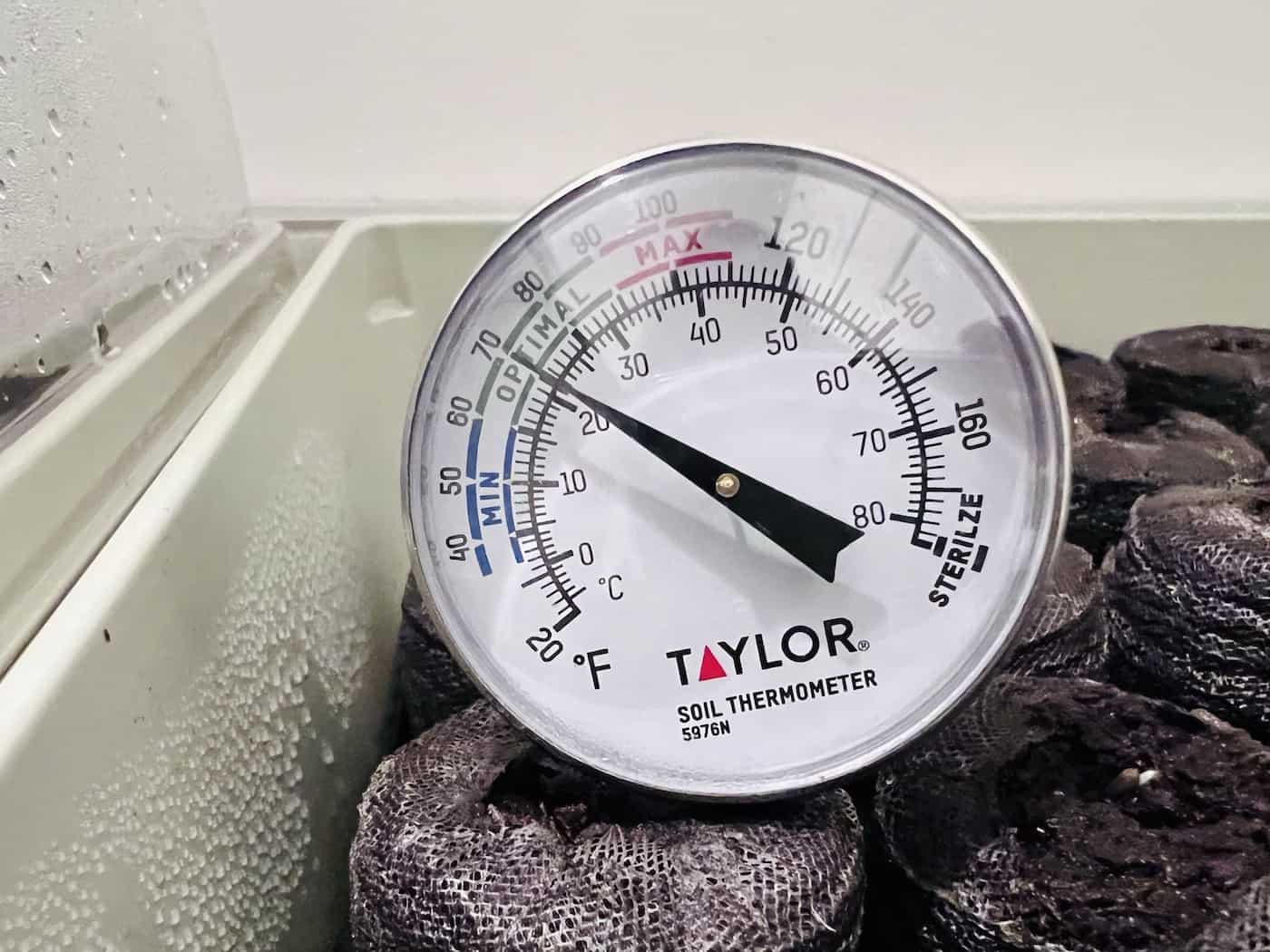
Optimal temperature for seed germination
Understanding how temperature affects seed germination can help you create the perfect environment for your seeds, increasing their chances of sprouting promptly and growing into healthy plants. While different seeds have varying germination characteristics, setting up a generally favorable seed-starting environment for your veggies, flowers, herbs, and perennial plant seeds is worthwhile.
Table 1.0: Estimated optimal germination temperature for commonly planted garden seeds
| Plant seed | Optimum temperature (°F) | Optimum temperature (°C) |
|---|---|---|
| Asparagus | 75 | 24 |
| Aster | 70 | 21 |
| Bachelor’s button | 70 | 21 |
| Basil | 86 | 30 |
| Bean | 80 | 27 |
| Beet | 85 | 29 |
| Begonia | 75 | 24 |
| Cabbage | 85 | 29 |
| Cantaloupe | 90 | 32 |
| Carrot | 80 | 27 |
| Cauliflower | 80 | 27 |
| Chard | 85 | 29 |
| Corn | 95 | 35 |
| Cucumber | 95 | 35 |
| Dill | 70 | 21 |
| Eggplant | 85 | 29 |
| Hyssop | 86 | 30 |
| Impatiens | 75 | 24 |
| Lettuce | 75 | 24 |
| Nasturtium | 70 | 21 |
| Okra | 95 | 35 |
| Onion | 75 | 24 |
| Oregano | 86 | 30 |
| Parsley | 75 | 24 |
| Parsnip | 65 | 18 |
| Pea | 75 | 24 |
| Pepper | 85 | 29 |
| Petunia | 75 | 24 |
| Pumpkin | 90 | 32 |
| Radish | 85 | 29 |
| Rudbeckia | 70 | 21 |
| Snapdragon | 70 | 21 |
| Spinach | 70 | 21 |
| Squash | 95 | 35 |
| Sunflower | 77 | 25 |
| Tomato | 85 | 29 |
| Turnip | 85 | 29 |
| Watermelon | 95 | 35 |
| Zinnia | 70 | 21 |
References:
- Knott’s handbook for vegetable growers, sixth edition, by George J. Hochmuth and Rebecca G. Sideman (2023).
- Germination requirements for annuals and vegetables, Iowa State University (2023).
- Seed germination and early growth responses of hyssop, sweet basil and oregano to temperature levels, by S. Mijani et al. (2013).
- Effects of germinating temperature and time on metabolite profiles of sunflower (Helianthus annuus L.) seed, by S. Guo et al. (2021).
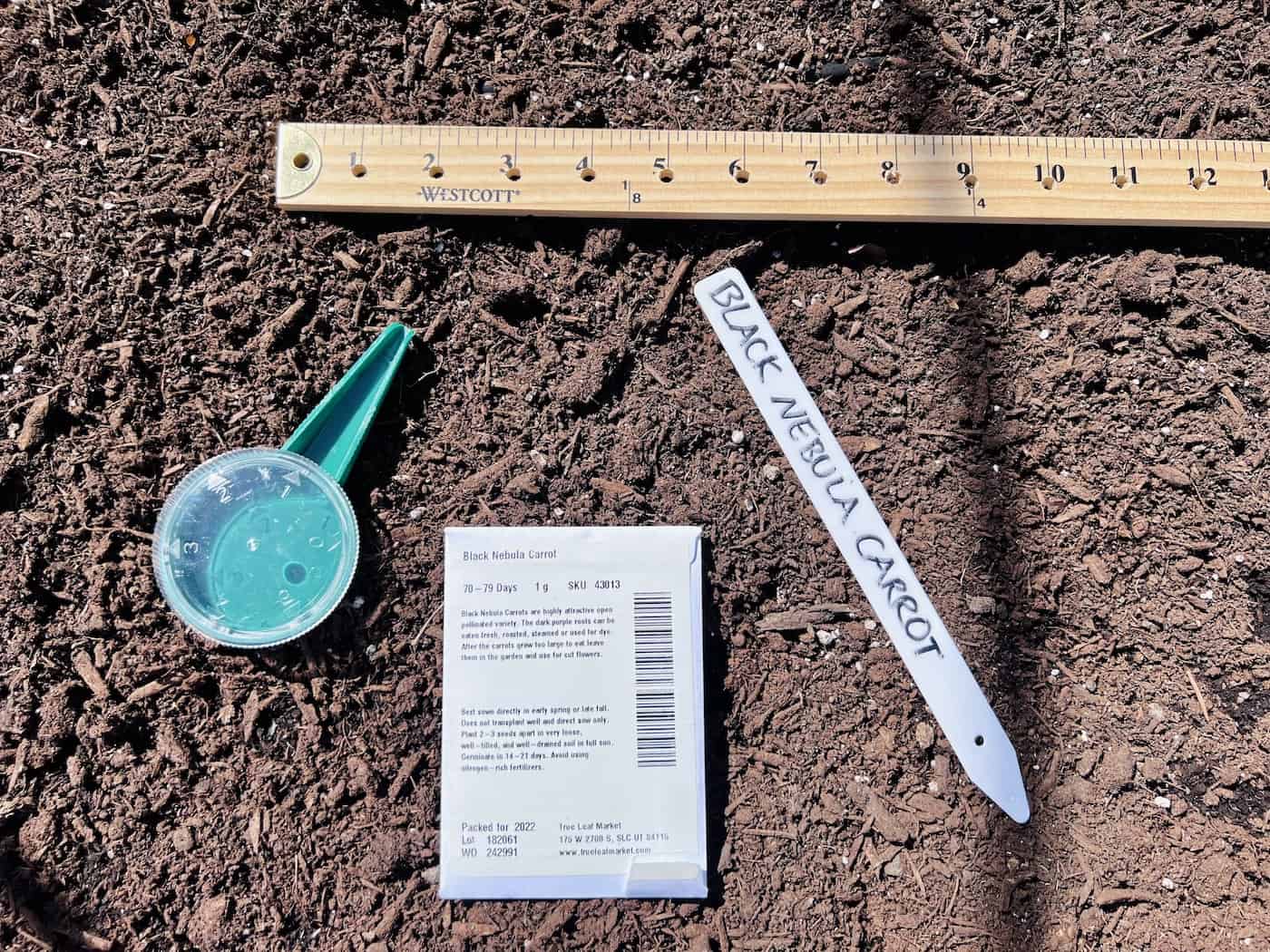
Seed germination requirements
The process of seed germination involves several factors, including moisture, light exposure, and air circulation. When a seed takes in water and experiences other favorable conditions, it uses the nutrients inside it to burst out of its shell. Temperature is a key factor in this process, as the enzymes necessary for breaking down stored nutrients and initiating growth are activated within a certain temperature range.
The root grows first from the seed, as the growing sprout needs water and nutrients from the soil to keep growing. The aboveground portion then establishes a sprout with little seedling leaves (cotyledons) and initiates photosynthesis.
The optimal temperature range for germinating seeds varies depending on the plant species; however, generally speaking, it falls between 65-85°F (18-29°C). This range provides an ideal environment where seeds can absorb water efficiently while also allowing oxygen exchange necessary for respiration during the early stages of development.
- Cool-season vegetables: These types of garden crops typically prefer cooler temperatures. An example is spinach, which has an optimal germination temperature of about 70°F (21°C).
- Warm-season vegetables: These types of crops prefer warmer temperatures. An example is corn, which has an optimal germination temperature of about 95°F (35°C).
- Flowers: Flower seeds also have varying germination temperature requirements, with those originating from cooler climates preferring cooler temperatures and others from warmer climates needing warmer conditions.
- Turf grass: Grass seeds are split into two categories: cool-season grasses and warm-season grasses.
- Cool-season grasses germinate well between 70°-90°F (21°-33°C). They are typically planted in early fall.
- Warm season grasses germinate well between 60°-85°F (15°-30°C). They are typically planted in late spring (source: Rodale’s Successful Organic Gardening: Lawns, Grasses and Groundcovers, by Lewis & Nancy Hill)
To find the specific germination temperature for your chosen plant species and cultivar, consult the seed packet for detailed instructions.
Temperature control and effects of extreme temperatures
Both low temperatures and high temperatures can slow or prevent seeds from germinating properly. In general, most commonly-purchased seeds tend to germinate most quickly when they’re kept slightly above room temperature. And most seeds germinate more slowly at lower temperatures. Even the most cold-hardy seeds won’t germinate at freezing temperatures.
Cool temperatures can slow germination
Beware of cool temperatures below 65°F (18°C), which can slow or even stop seed germination altogether. To avoid this issue, ensure your indoor growing space is adequately heated (and monitored) and away from cold drafts. If direct sowing your seeds, wait until outdoor soil temperatures reach appropriate levels before sowing directly into garden beds.
Carrots, for instance, germinate reliably in a wide soil temperature range of 45°-85°F (7°-29°C). They will usually germinate in about six days at their optimal 80°F (27°C) but might take more than two weeks to sprout at 50°F (10°C). So you can plant them in cooler soil if you wish, but you won’t necessarily get a “head start” by direct sowing them when the soil is still cool in the early spring.
Seeds require warmth for enzymes within them to activate and begin breaking down stored nutrients needed for growth. When the temperature is too low, these enzymes work less efficiently or become inactive altogether, causing a delay in the germination process. Additionally, cool soil conditions can make it difficult for seeds to absorb water effectively – another crucial factor in successful seed germination.
By understanding the importance of proper temperature ranges during seed germination and taking steps to maintain these conditions at home, you’ll set yourself up for gardening success. Investing in a soil thermometer is usually very worthwhile.
Heat mats for seed germination
If you struggle to maintain consistent soil temperatures within the ideal range while starting your seeds indoors, consider using a heat mat designed specifically for seed germination. These mats provide gentle bottom heat that helps warm the soil evenly and can be easily adjusted to suit different types of plants. When used in room-temperature dwelling spaces, heat mats can increase soil temperature and help speed up germination, so seeds sprout faster.
Using a heat mat will increase your chances of successful germination by creating an environment where seeds can thrive. If you don’t have a seedling mat, you can also place your seedling trays on a warm surface, such as a heated floor.
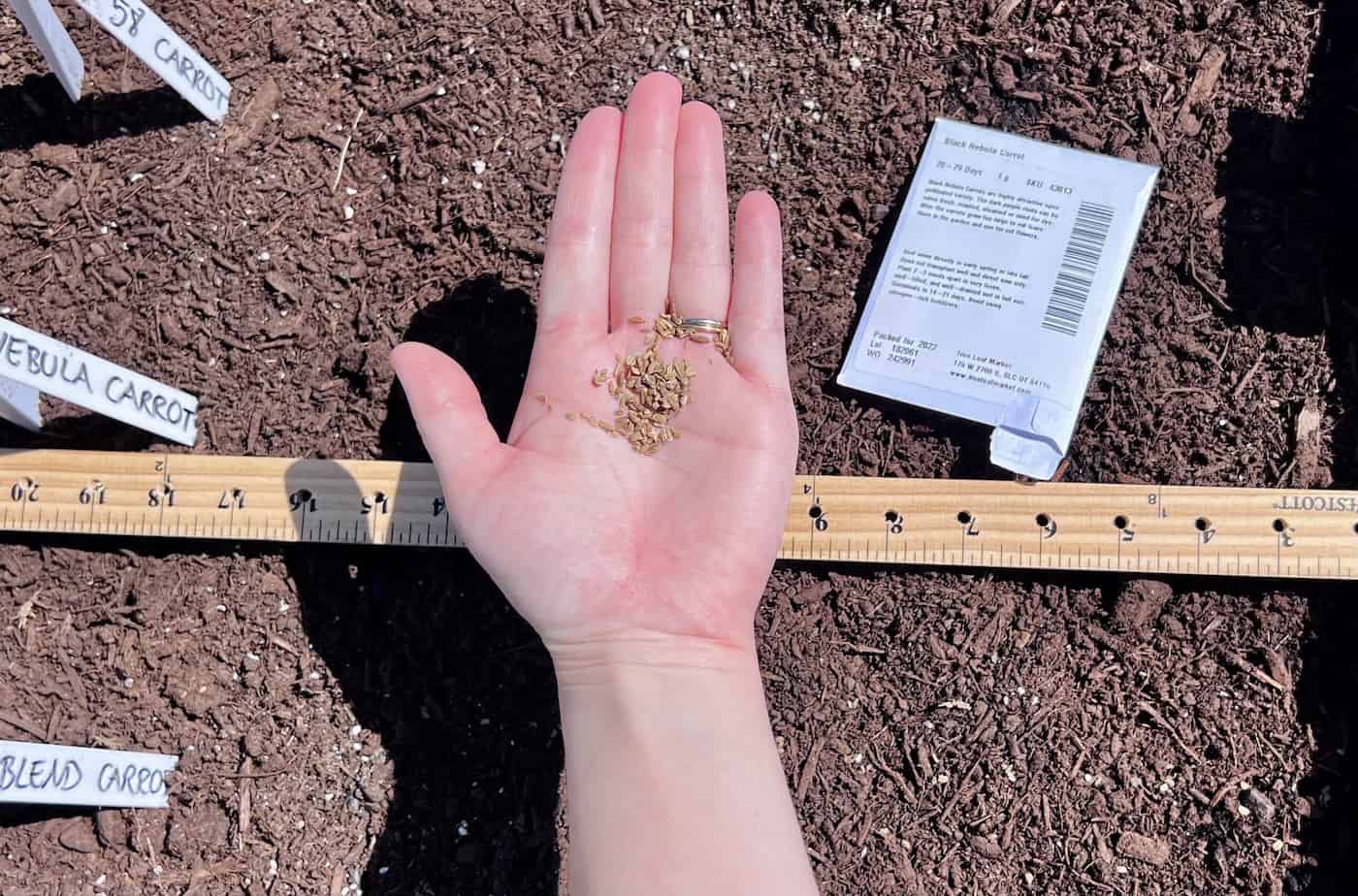
Avoiding outdoor heat stress
Seedlings may suffer from heat stress when exposed to high temperatures for extended periods. This condition causes various problems, such as reduced growth rates, wilting leaves, and even seedling death. Here are some tips on how you can prevent heat stress in your seeds:
- Maintain moisture levels: Watering the seedlings and maintaining high humidity levels helps keep the soil moist and protect against evaporation caused by high temperatures.
- Provide shade: If you’re starting your seeds outdoors or in a greenhouse with direct sunlight exposure, consider using shade cloth or other shading methods during hot days.
- Allow for air circulation: Good air circulation helps dissipate excess heat around your seedlings. Ensure there is adequate space between trays and use fans if necessary.
Avoiding extreme temperatures is crucial when it comes to successful seed germination. Maintaining a moderate temperature range of 65-85°F (18-29°C) is a good general range for many common seeds. Always monitor conditions closely and make adjustments as necessary.
Maintaining your plants after germination
Once your seeds have germinated, the growing sprouts develop new requirements. The root system establishes first to supply the plant with moisture and nutrients, followed by the stem and leaves needed for photosynthesis.
Different plant seedlings prefer different growing temperatures. Cool-season vegetables like brassicas generally grow best a bit below room temperature and should be taken to a slightly cooler location if growing indoors. Warm-season vegetables like tomatoes generally won’t grow at all at temperatures below about 50°F (10°C) – and may be damaged. Research the growing preferences of each plant in your garden before the seedlings get too big.
Consistent moisture is also key to success. The seedling has a very limited root system, especially if grown in a container. Bottom water your seedling trays, use drip irrigation in the garden, and consider this water retention basket & soil mix kit for container gardening.
FAQs about the best temperature to germinate seeds
What do seeds need to germinate?
Seeds need to be within a certain temperature range, have adequate moisture, and have available oxygen. Some seeds also need certain light conditions to germinate (darkness or available sunlight). Certain seeds have additional needs, such as breaking down a thick seed coat or experiencing alternating cool and warm temperatures.
Why do seeds need a certain temperature to germinate?
The metabolic processes within the seed that allow it to break dormancy and initiate growth can only occur within a certain temperature range. This range is different in different types of seeds. The right temperature ensures proper water absorption, enzyme activation, and cellular respiration, which are all essential for successful germination.
Will seeds germinate in 80-degree weather?
Most types of seeds can germinate in 80-degree weather, as long as the other germination conditions are met. The seed requires moisture, air circulation, and insulation from temperature extremes. Some seeds also require certain light conditions.
Before you go…
Germination of seeds relies heavily on temperature; getting it right is key for successful sprouting. Homeowners can maximize their chances of successful seedling emergence by understanding the optimal germination temperature range. It’s important to avoid extreme temperatures and recognize that cool temperatures can slow germination.


